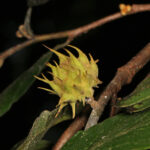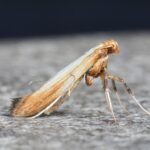Aphids are some of the most common insect pests of herbaceous plants and broadleaf trees and shrubs. I have to admit, I do not always enjoy identifying aphids – but I find their shapes, colors, and biology fascinating. One species of aphid, which I first met myself this year, threatens plants in our landscapes on[Read More…]
Many Hoosier landscapes include flowering plants known as beardtongue or simply by its scientific name, Penstemon. This is the largest genus of flowering plants that is endemic to North America, with some 280 species spread throughout the continent – at least 11 of which are native to Indiana. Many of the cultivars planted in gardens[Read More…]


